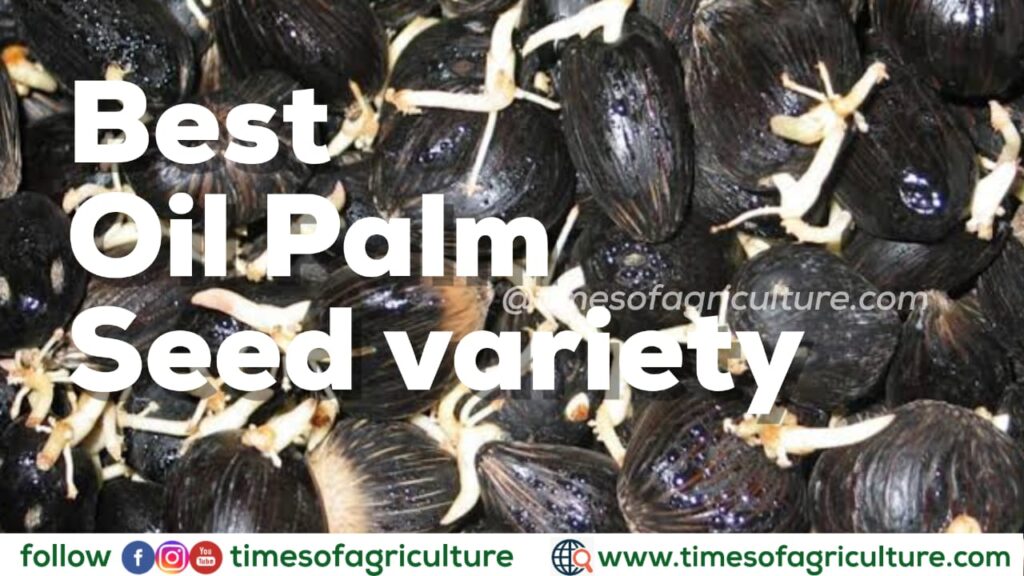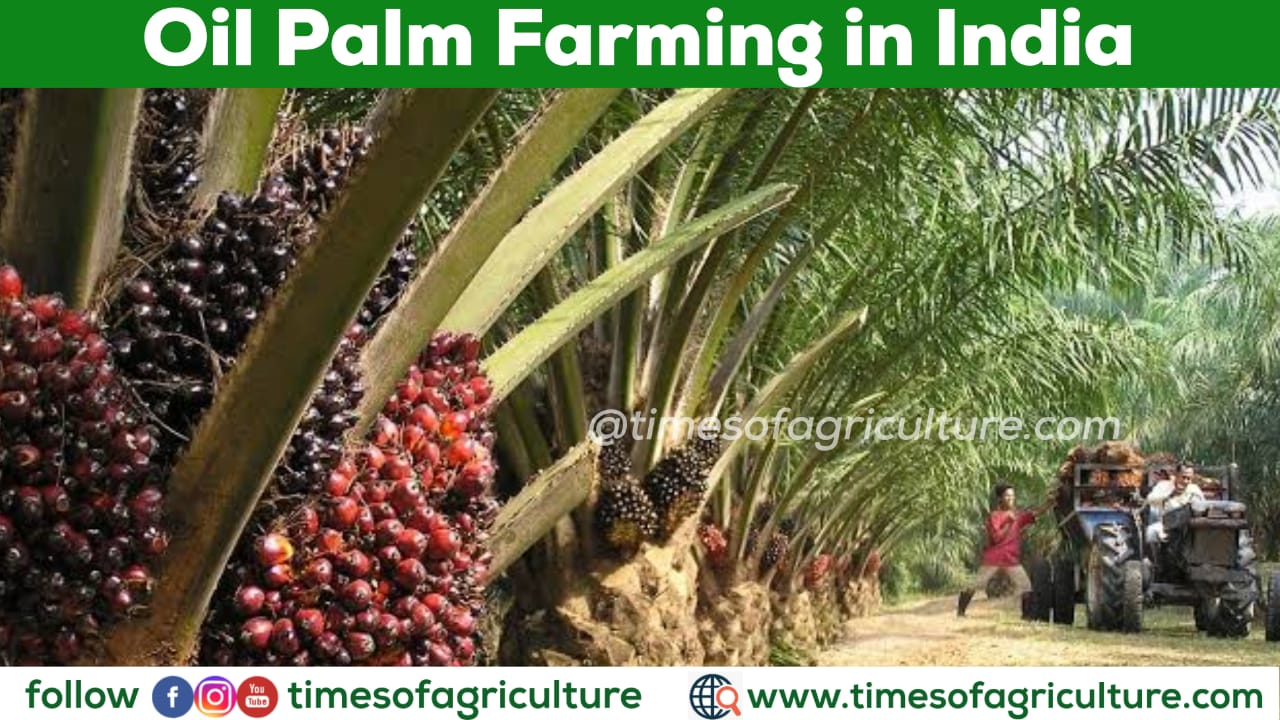Oil Palm Farming Package of Practices
Oil Palm Farming
Oil Palm Farming is simply the cultivation of Palm Oil or Palmolein Plants for the production of Palmolein Oil. Palmoil is otherwise known as Palm Olein Oil. India is the largest consumer of Palmolein oil in the world followed by Indonesia. However, none of the farmers in India cultivates Oil Palm in India. India imports complete Palmolein Oil from Indonesia and Other East Asian countries. Noticing this demand for Palm Oil in India, many Indian farmers are looking towards palm oil cultivation. Even though, Souther region of India best suits for Oil Palm Cultivation. Oil Palm Cultivation in Telangana and Andhra Pradesh is got a huge demand nowadays.
There are many benefits of Oil Palm cultivation. However, there exists some drawbacks too. Moreover, there are more benefits and profits from Oil Palm cultivation rather than cons. In this post, we will let you know all about the steps to start oil palm farming from nursery to harvesting of oil palm seeds. In addition, we will let you know about the post-harvest management of Oil Palm as well as the Processing of Palm oil seeds.
Steps to Start Oil Palm Cultivation
Site/ Soil selection for Oil Palm Farming: It is good and better to start oil palm cultivation in soil with good water holding capacity. Oil palm plants are cultivated in black soils as well as red soils. The best soils are alluvial, deep loamy, and well-drained soils for oil palm cultivation.
Climate for Oil Palm plants: Palm oil plants gives a best and high yield of palm oil seeds when they are grown in temperature of 240C to 280C. Better to select a place with these types of climatic conditions in order to grow oil palm trees.
Farming and Harvesting of Best oil seed crops for high profits
Seed selection of Oil Palm: There are very few farmers offering seeds for oil palm cultivation. Even though a farmer who is willing to start an oil palm farm can get the seeds from the oil palm seed suppliers who are currently cultivating oil palm trees. Always select disease-free and high-yield hybrid oil palm seeds for farming.
Oil Palm Seed variety: Best Oil palm seed for high yield is the Tenera oil palm seed variety. Tenera is the best oil palm seed for the commercial cultivation of oil palm plants. Tenera hybrid oil palm seed is a hybrid obtained from crossing Dura (Shelled) and Pisisfera (shell-less) oil palm cultivars. This obtained Tenera Oil Palm seed has a thin shell with thick and heavy mesocarp that gives high oil yield when extracted.

Nursery raising of Oil Palm seedlings: Oil Palm seeds are then sown in a nursery bed in any season throughout the year. However, the best season to sow oil palm seeds is the rainy season during July and September months.
Transplanting of Oil Palm Seedling: Oil palm seedlings are transplanted from nursery bed when the oil palm seedlings attain an age of 1 year or 12 months with 13 leaves and a height of 1 meter. Dig the planting pits at a size of 60 cm x 60 cm x 60 cm (lxbxw).
Spacing in Oil Palm Farming: Dig the pits in the triangular method of planting with 9m x 9m x 9m dimensions. Thus, in an acre, we can accommodate around 60 to 100 palm oil plants. The triangular method of planting is best suitable for high yields in oil palm cultivation.
Watering or Irrigation management in Oil Palm Farming: Watering plays a crucial role in oil palm cultivation. Watering is done thrice in a week on alternate days by making ring basins around the palm oil plants.
Fertilizer management in Oil Palm Farming: As the oil palm plants grow very fast, apply micronutrients as well as fertilizers at regular time intervals.
| Nutrient requirement for oil palm trees | |||||||
| Age of oil palm tree | Nutrient requirement (gm/tree/year) | ||||||
| Nitrogen (N) as | P2O5 as | K2O as | MgSO4 | ||||
| Urea | Ammonium | DAP | SSP | RP | MoP | ||
| 1st year | 870 | 200 | 1250 | 1000 | 667 | 125 | |
| 700 | 1610 | 435 | 667 | 125 | |||
| 2nd year | 1740 | 4000 | 2500 | 2000 | 1333 | 250 | |
| 1400 | 3215 | 870 | 1333 | 250 | |||
| 3rd year & onwards | 2610 | 6000 | 3750 | 3000 | 2000 | 500 | |
| 2100 | 4825 | 1305 | 2000 | 500 |
Disease management in Oil Palm Cultivation: There are very few diseases attacking oil palm plants. The major diseases of oil palm plants are bud rot and spear rot diseases. We will let you know about that in the further agri article.
Insect management in Oil Palm farming: There are very less insects attacking oil palm plants. The major pests of oil palm are Rhinoceros beetle and Red palm weevil. We will let you know about that in the further agri article.
Harvesting of Oil Palm Seeds: Harvesting of oil palm seeds is commenced 3-4 years of sowing the oil palm seeds. Signs of maturity to harvest the oil palm seeds is when the seeds attain orange-yellow color. Harvest the ripened bunches with stalks of 5 cm size. Whole oil seeds from an acre can be harvested in the week during the rainy season.
In oil palm seeds two types of oil can be extracted viz., from mesocarp as well as from kernels of oil palm seeds. Both are for commercial purposes.
Use a sharp wide-mouth chisel fixed to aluminum or iron to harvest the palm oil seed bunches. In addition, you can also use sharp sickles attached to an iron or aluminum rod.
